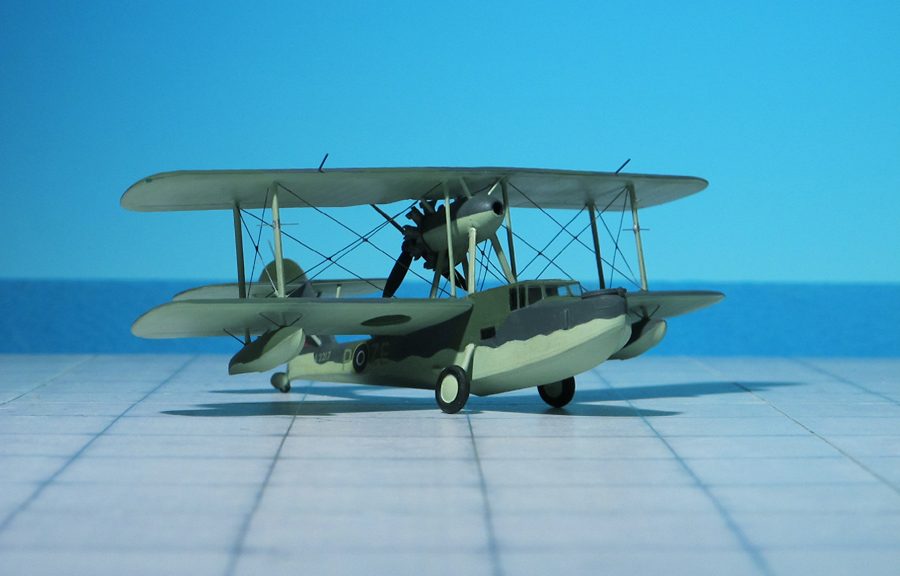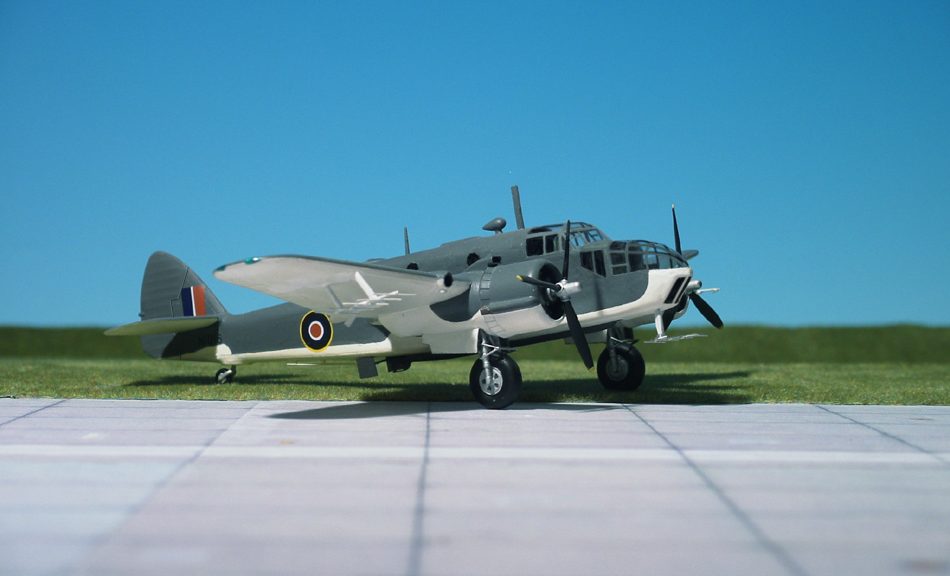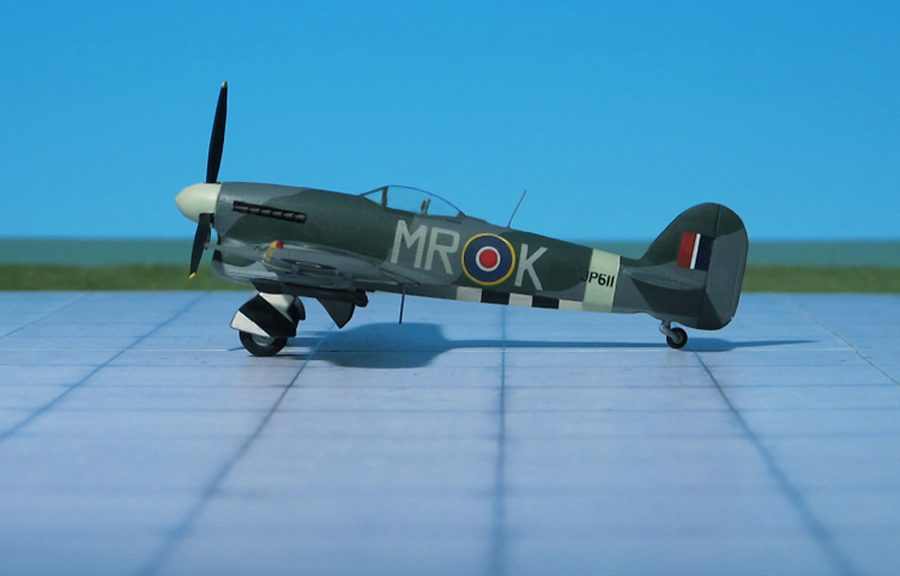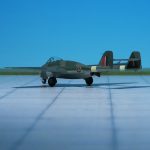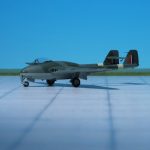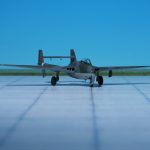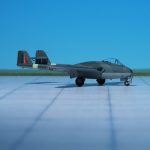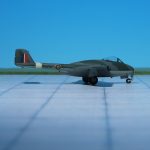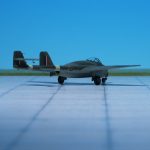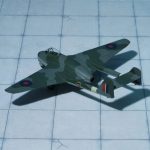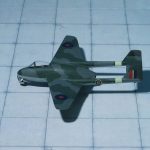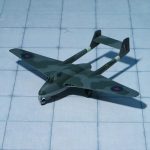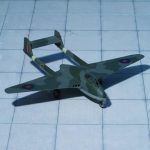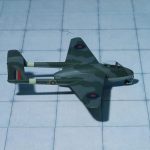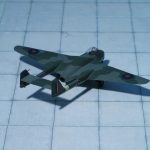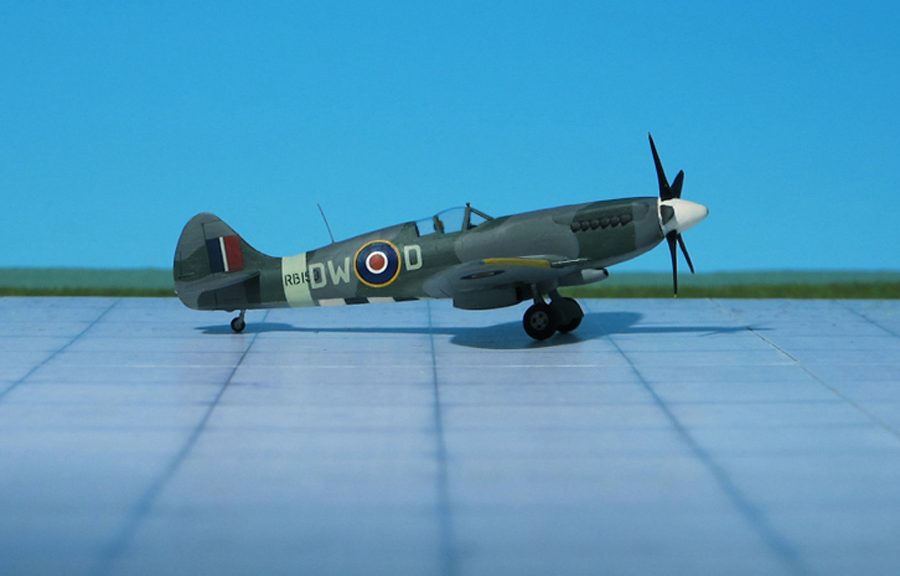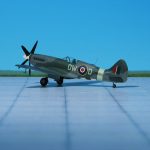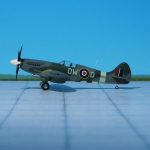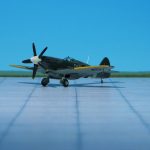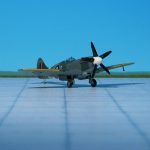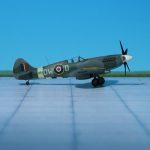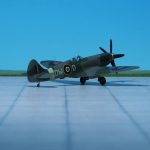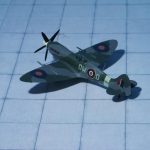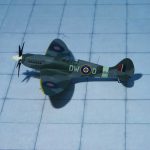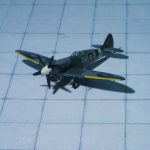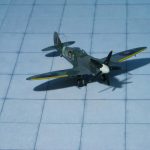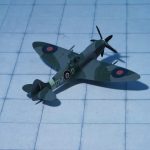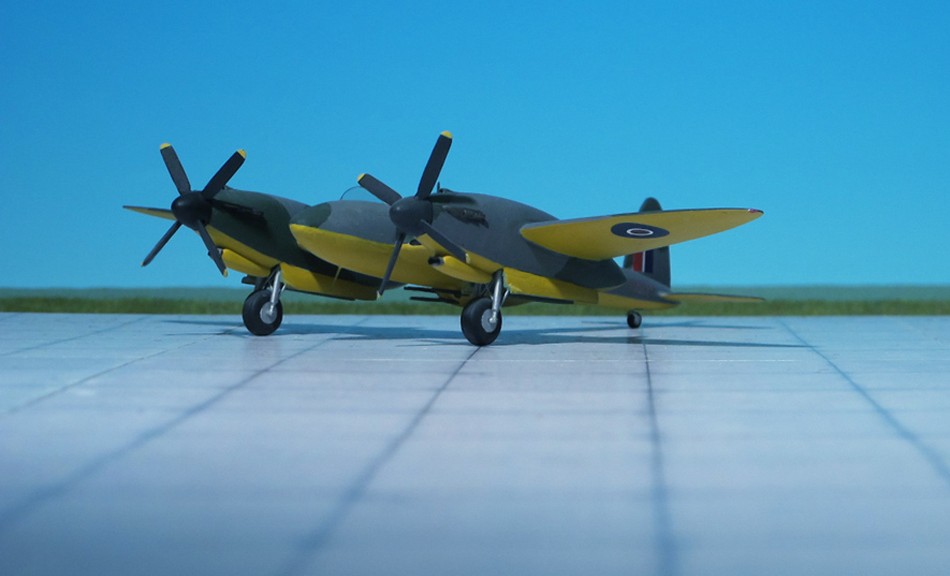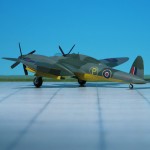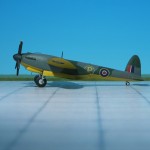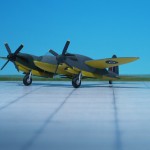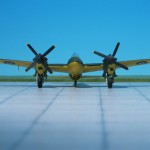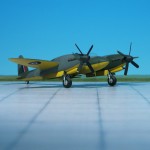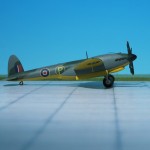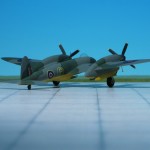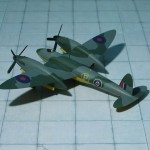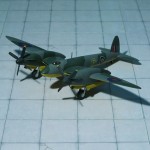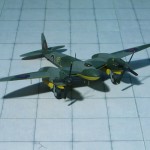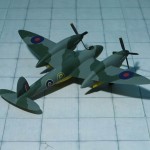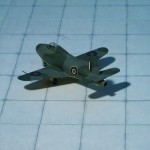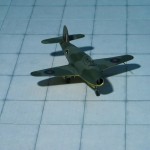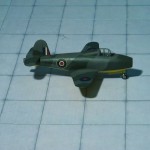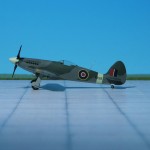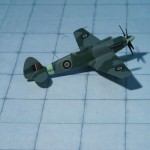TYPE: Amphibious biplane reconnaissance and air-sea rescue aircraft
ACCOMMODATION: Crew of three to four
POWER PLANT: One Bristol “Pegasus VI” radial engine, rated at 680 hp
PERFORMANCE: 135 mph at 4,750 ft
COMMENT: The Supermarine “Walrus” (originally known as the Supermarine “Seagull V”) was a British single-engine amphibious biplane reconnaissance aircraft first flown in 1933. It was operated by the Fleet Air Arm (FAA) and also served with the Royal Air Force (RAF). It was the first British squadron-service aircraft to incorporate in one airframe a fully retractable main undercarriage, completely enclosed crew accommodation and all-metal fuselage.
Designed for use as a fleet spotter to be catapult launched from cruisers or battleships, the “Walrus” was later employed in a variety of other roles, most notably as a rescue aircraft for downed aircrew. It continued in service throughout WW II.
The single-step hull was constructed from aluminium alloy, with stainless-steel forgings for the catapult spools and mountings. Metal construction was used because experience had shown that wooden structures deteriorated rapidly under tropical conditions. The wings, which were slightly swept back, had stainless–steel spars and wooden ribs and were covered in fabric. The lower wings were set in the shoulder position with a stabilising float mounted under each one. The horizontal tail surfaces were positioned high on the tail fin and braced on either side by N struts. The wings could be folded on ship for stowage. The single “Pegasus” radial engine was housed at the rear of a nacelle mounted on four struts above the lower wing and braced by four shorter struts to the centre-section of the upper wing. This powered a four-bladed wooden pusher propeller. The pusher configuration had the advantages of keeping the engine and propeller further out of the way of spray when operating on water and reducing the noise level inside the aircraft. Also, the moving propeller was safely away from any crew standing on the front deck, which would be done when picking up a mooring line.
Although the aircraft typically flew with one pilot, there were positions for two. The left-hand position was the main one, with the instrument panel and a fixed seat, while the right-hand seat could be folded away to allow access to the nose gun-position via a crawl-way. Behind the cockpit, there was a small cabin with work stations for the navigator and radio operator.
A total of 740 Walruses were built in three major variants: the “Seagull V”, “Walrus I”, and the “Walrus II”. The Mark IIs were all constructed by Saunders-Roe and the prototype first flew in May 1940. This aircraft had a wooden hull, which was heavier but had the advantage of using less of the precious wartime stockpiles of light metal alloys. Saunders-Roe would go on to build under license 270 metal Mark Is and 191 wooden-hulled Mark IIs.
The successor to the “Walrus” was the Supermarine “Sea Otter” – a similar but more powerful design. “Sea Otters” never completely replaced the “Walruses”, and served alongside them in the air-sea rescue role during the latter part of the war.
The “Walrus” was known as the “Shagbat” or sometimes “Steam-pigeon”; the latter name coming from the steam produced by water striking the hot “Pegasus” engine.
The main task of ship-based aircraft was patrolling for Axis submarines and surface-raiders, and by March 1941, “Walruses” were being deployed with Air to Surface Vessel (ASV) radars to assist in this.
By 1943, catapult-launched aircraft on cruisers and battleships were being phased out; their role at sea was taken over by much-improved radar. Also, a hangar and catapult occupied a considerable amount of valuable space on a warship. However, “Walruses” continued to fly from Royal Navy carriers for air-sea rescue and general communications tasks. Their low landing speed meant they could make a carrier landing despite having no flaps or tailhook (Ref.: 24).
